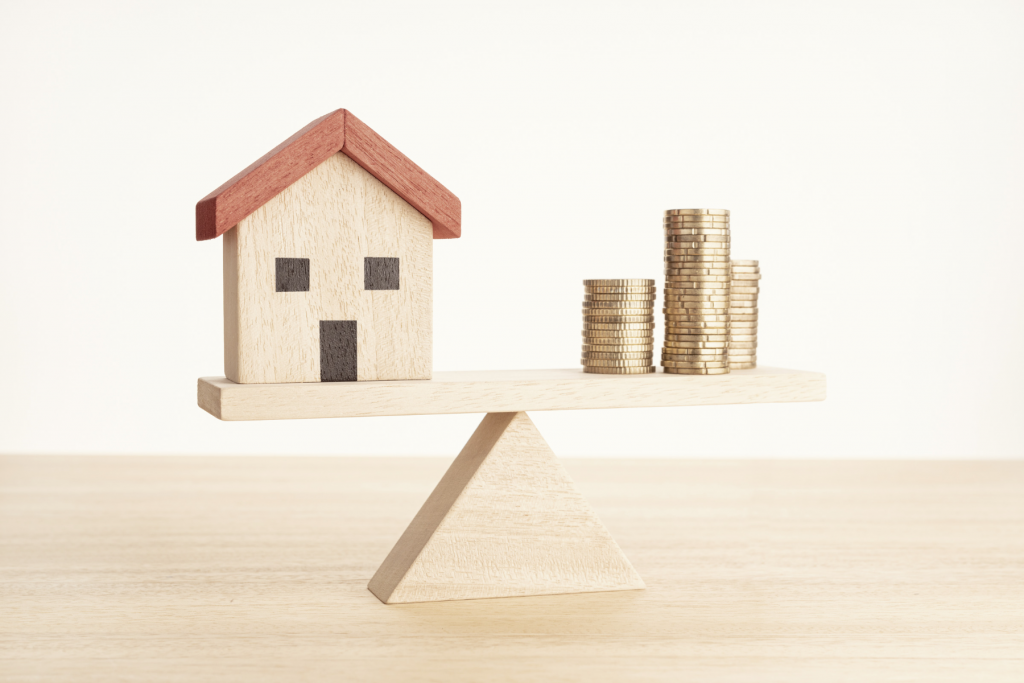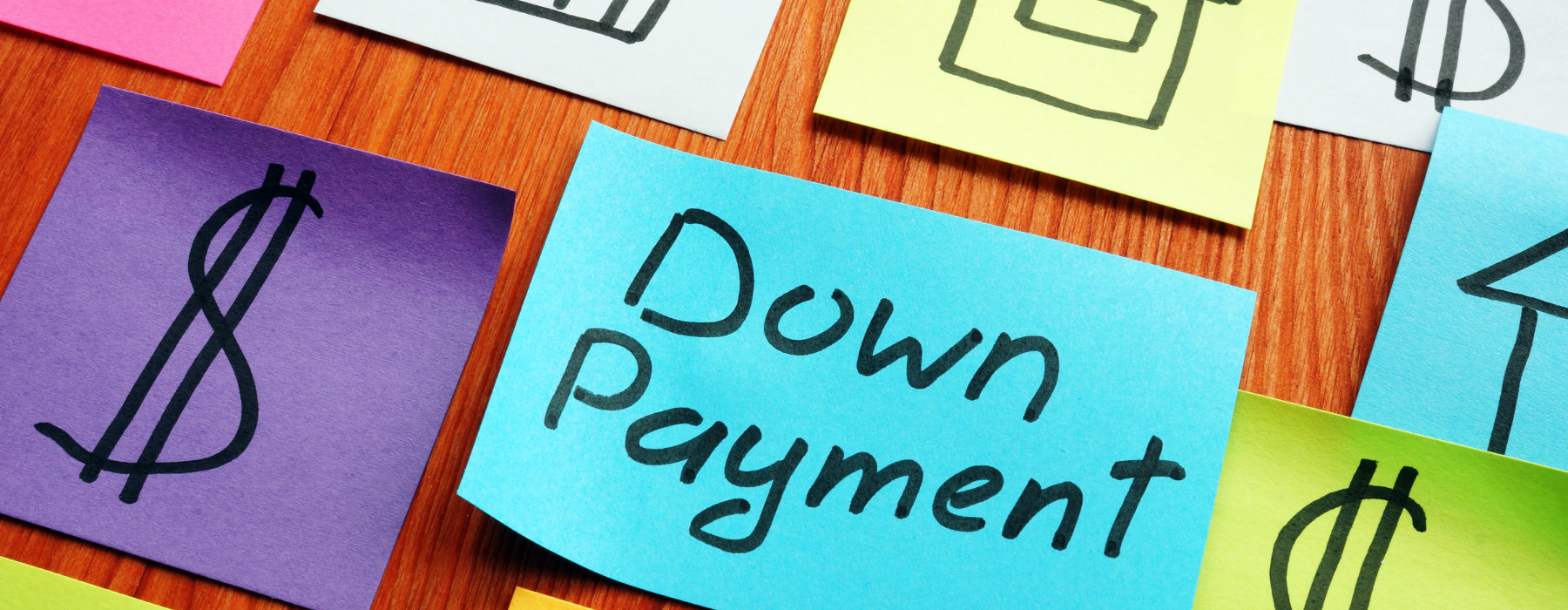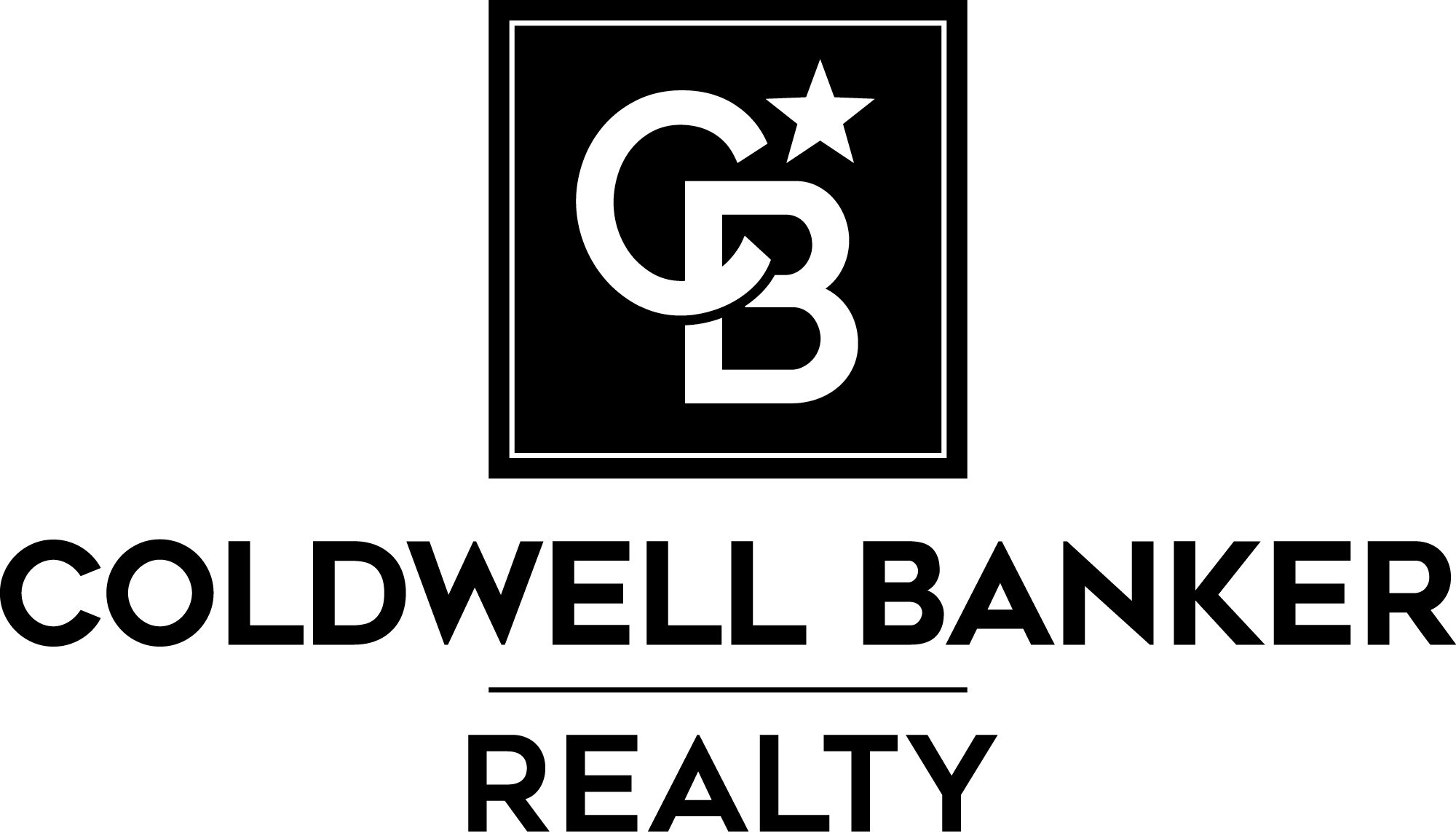When purchasing a home, the 20 percent down payment has long been considered the gold standard. However, is it truly the best choice for everyone? In this blog post, we’ll explore why the 20 percent down payment may not always be the most advantageous option for your home purchase. From considering different loan types to understanding the implications of Private Mortgage Insurance (PMI), we’ll help you navigate the decision-making process and find the down payment amount that suits your needs and goals.
Exploring Down Payment Options
It’s important to understand that different loan types have varying down payment requirements. While some loans may allow for a zero percent down payment, others may require a minimum of 3.5 percent or higher. However, just because you can put down the minimum doesn’t mean you have to. You can increase your down payment to build more equity and minimize the amount you need to finance.

The Role of Private Mortgage Insurance (PMI)
One of the main reasons buyers aim for a 20 percent down payment is to avoid Private Mortgage Insurance (PMI). However, it’s worth noting that PMI is not always a disadvantage. Some loan products, like FHA loans, require PMI even with a low down payment. You may refinance into a conventional loan without PMI once you reach 20 percent equity. Additionally, some conventional loan options allow you to request the waiver of PMI once you reach that equity threshold.
When a Bigger Down Payment Makes Sense
While a larger down payment may not always be necessary, it can be beneficial in some scenarios. For instance, if you’re a retiree on a fixed income or have significant savings in a low-interest account, putting more money down can reduce your monthly mortgage payment and maximize your housing budget. However, it’s crucial to balance this with your overall financial goals and ensure you have enough funds for other essential expenses and home maintenance.

Potential Risks of a Bigger Down Payment
Overextending yourself to make the most significant down payment possible can have drawbacks. You might find yourself cash-strapped and unable to cover necessary repairs or improvements to your home. Moreover, accessing the money tied up in a down payment often involves selling your home, taking out a home equity loan, or incurring additional fees and interest. Evaluating your financial situation and considering alternative options, such as saving or investing some of the money, is essential.
When a Smaller Down Payment Can Suffice
Working closely with your mortgage lender is crucial to determine the ideal down payment for your specific loan product. Analyze different scenarios to understand how various down payment amounts impact interest rates, monthly payments, and the potential need for PMI. Sometimes, a slightly higher down payment can lower PMI or interest rates. Assess these cost reductions against the potential return on investment from alternative investments. Also, consult with a trusted real estate professional to gauge your chosen property’s historical value trends and long-term potential.

Choosing the right down payment amount is vital when buying a home. While the 20 percent down payment is often seen as the benchmark, evaluating your circumstances and considering alternatives is essential. By understanding different loan options, the role of PMI, and the potential risks and benefits of larger and smaller down payments, you can make an informed choice that aligns with your financial goals and sets you on the path to homeownership. Remember, what matters most is finding the down payment amount that works best for you.
You can contact me anytime if you’d like more info on the home buying and selling process!
Bella Weber, Realtor® | Your Chautauqua Expert
Bella@bellaweber.com | (303) 588-5767

 Facebook
Facebook
 X
X
 Pinterest
Pinterest
 Copy Link
Copy Link




